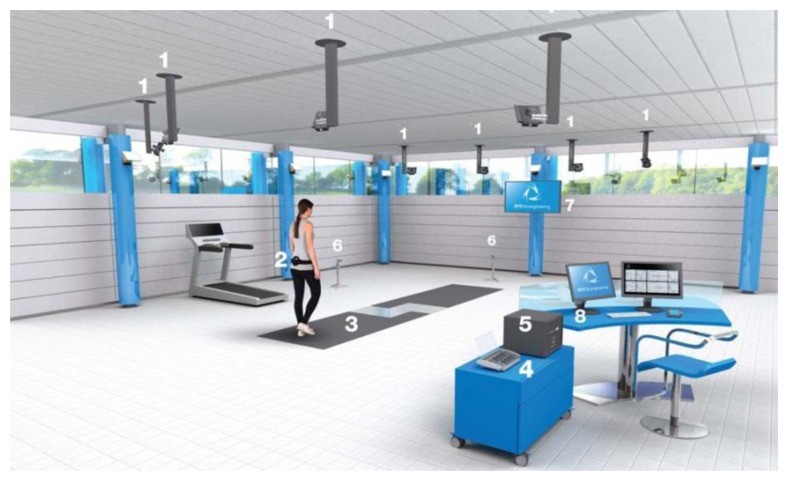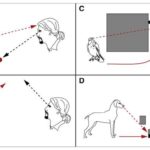Bend sensors are increasingly crucial for wearable applications, enabling devices to conform to the body and capture nuanced movements. This article presents a comparative evaluation of various bend sensor technologies, examining their working principles, performance characteristics, and suitability for different wearable use cases.
Bend Sensor Technologies: A Comparative Overview
Various technologies underpin bend sensor functionality, each with unique strengths and limitations. A comparative analysis reveals key distinctions in sensitivity, range of motion, linearity, and durability.
Resistive Bend Sensors
Resistive bend sensors, often constructed from conductive materials like ink or elastomers, exhibit a change in resistance proportional to bending. They are cost-effective and simple to integrate but can suffer from hysteresis and limited linearity. Recent advancements in materials and fabrication techniques have improved their performance and durability. Figure 1: A typical resistive bend sensor.
Capacitive Bend Sensors
Capacitive bend sensors rely on the variation in capacitance as the sensor bends, altering the distance between conductive plates. They offer improved linearity and reduced hysteresis compared to resistive sensors. However, they can be more susceptible to environmental factors like humidity.
Optical Bend Sensors
Optical bend sensors utilize light transmission or reflection to measure bending. Fiber optic sensors, for example, detect changes in light intensity as the fiber bends. This technology provides high sensitivity and accuracy but can be more complex and expensive to implement. Figure 2: Schematic of an optical fiber bend sensor.
Other Bend Sensing Technologies
Emerging technologies like piezoelectric and magnetic bend sensors offer unique capabilities. Piezoelectric sensors generate a voltage when bent, enabling self-powered applications. Magnetic sensors detect changes in magnetic field strength as the sensor bends, providing contactless measurement.
Bend Sensor Performance Metrics
Evaluating bend sensor performance requires considering several key metrics:
- Sensitivity: The change in output signal per unit of bending.
- Range of Motion: The maximum bending angle the sensor can accurately measure.
- Linearity: The degree to which the output signal is proportional to the bending angle.
- Hysteresis: The difference in output signal for the same bending angle depending on the direction of bending.
- Durability: The sensor’s ability to withstand repeated bending cycles without degradation.
- Response Time: The speed at which the sensor responds to changes in bending.
- Power Consumption: The amount of power required to operate the sensor.
Applications in Wearable Devices
Bend sensors find diverse applications in wearable devices, including:
-
Motion Capture: Tracking joint angles for applications in sports, rehabilitation, and virtual reality.
 Motion Capture with Bend Sensors
Motion Capture with Bend Sensors -
Health Monitoring: Measuring respiratory rate, posture, and other physiological parameters.
-
Human-Computer Interaction: Controlling wearable devices with gestures and body movements.
-
Robotics: Enabling robots to interact with humans and the environment more naturally. Figure 4: Robotic hand utilizing bend sensors for tactile feedback.
Conclusion
The choice of bend sensor technology for a specific wearable application depends on the specific requirements of the device. Resistive sensors offer a cost-effective solution for applications where high accuracy and linearity are not critical. Capacitive sensors provide improved performance for applications requiring greater precision. Optical and other emerging technologies offer high sensitivity and specialized capabilities for demanding applications. Continued research and development in bend sensor technologies promise further advancements in wearable devices, enabling more sophisticated and intuitive human-machine interfaces.

